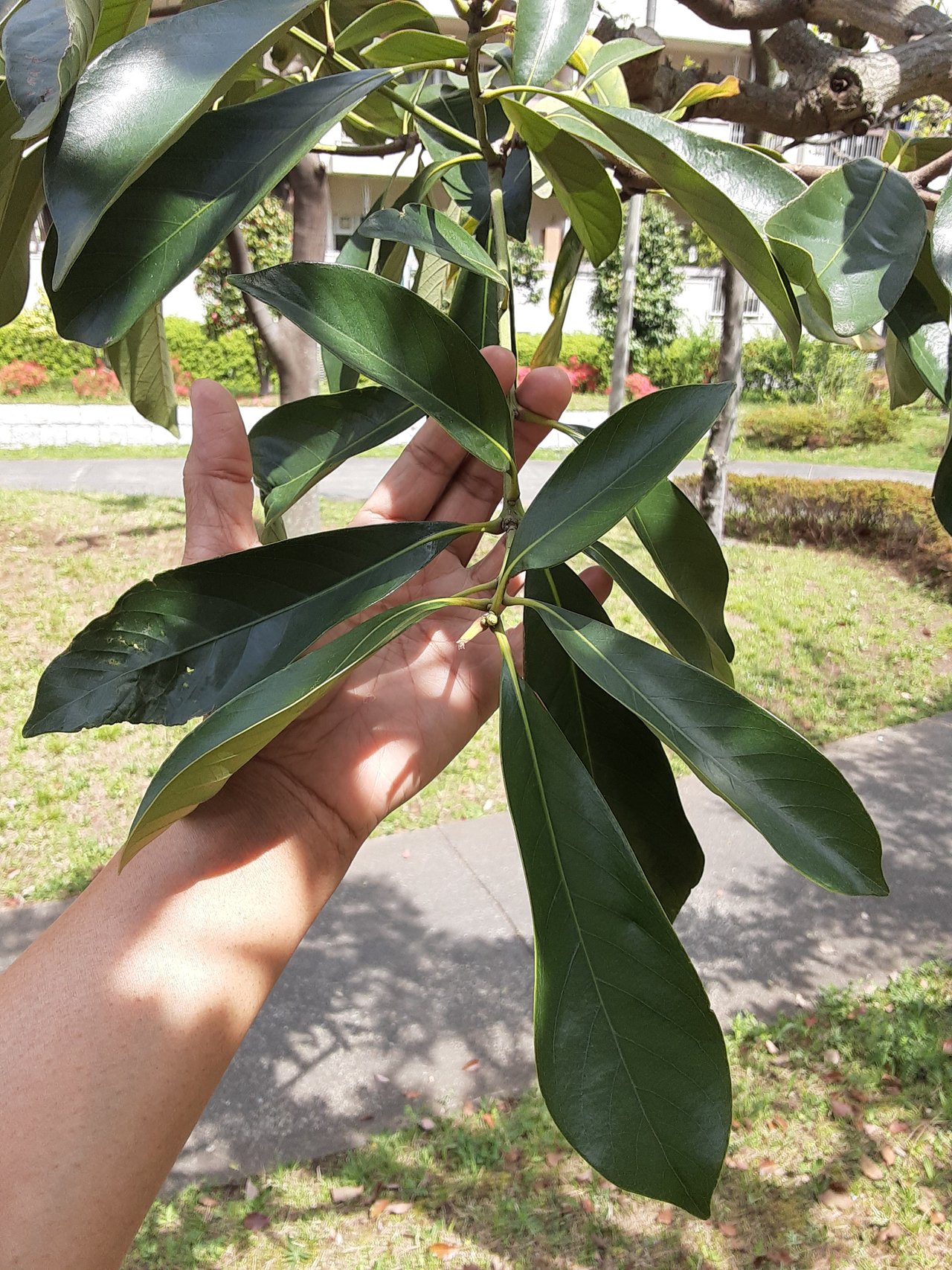The Japanese stone oak, Lithocarpus edulis, boasts large, glossy, and slightly bitter leaves that contribute to the beauty of the tree, the health of the soil, and the art of bonsai
1 comment

Lithocarpus edulis, also known as the Japanese stone oak, is a beautiful evergreen tree native to the coast of Chiba Prefecture in Japan. It's a member of the beech family, Fagaceae, and can grow up to 15 meters (49 feet) tall.
Lithocarpus edulis leaves are a fascinating feature of the tree. They are:
- Large and glossy: The leaves can be up to 15 centimeters (6 inches) long and 7 centimeters (3 inches) wide. Their upper surface is a shiny yellowish-green, while the underside is a duller green with a slight silvery sheen caused by tiny scales.
- Leathery and tough: The leaves have a hard, leathery texture, making them resistant to tearing and browsing by herbivores.
- Oval or lanceolate: The leaves have a generally oval or lanceolate shape, meaning they are wider in the middle and taper towards both ends.
- Nine to eleven veins: Each side of the midrib has nine to eleven veins, providing structure and support to the leaf.
- Short petiole: The leaves are attached to the branches by a short petiole, which is typically 1/3 to 1 inch long.
Beyond their aesthetic appeal, Lithocarpus edulis leaves have some interesting properties:
- Edible: The leaves of young Lithocarpus edulis trees are considered edible. However, they may have a slightly bitter taste.
- Slow to decompose: Due to their tough texture and high tannin content, Lithocarpus edulis leaves decompose slowly. This can contribute to the formation of a rich organic layer in the soil beneath the tree, which can benefit other plants.
- Ornamental value: The evergreen nature, glossy leaves, and slow growth rate of Lithocarpus edulis make it a popular choice for bonsai cultivation and landscaping in Japan.
Overall, the leaves of Lithocarpus edulis are a beautiful and interesting part of this unique Japanese tree. While they may not be a common food source, they do play a role in the ecology of the forest and contribute to the ornamental value of the tree.
Ref.:
 |  |
Comments